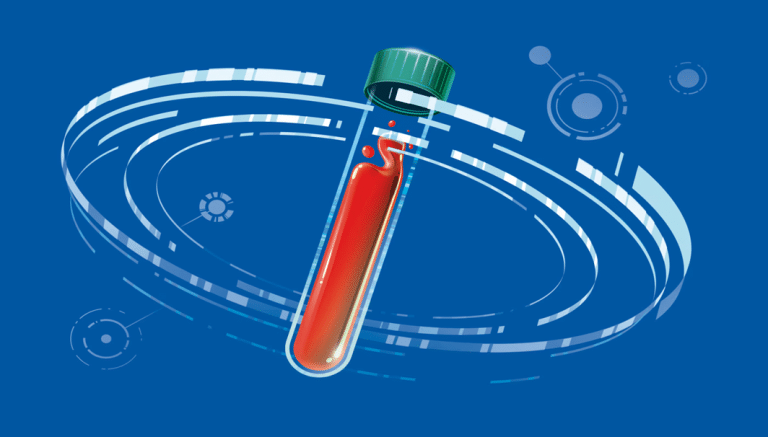Introduction
The U.S. defense drone market has experienced substantial growth and transformation in recent years. This has been driven by increasing sales to conflict areas (Ukraine, Middle East, Taiwan), more DoD programs of record, inventory replenishment, and integration of autonomous software. The market is rapidly becoming a critical part of modern military capabilities. Drones, also known as unmanned aircraft systems (UAS), are used for surveillance, reconnaissance, logistics, and even direct combat missions, offering enhanced operational capabilities while reducing risks to personnel. The U.S. Department of Defense (DoD) continues to invest heavily in the development and procurement of drones, and several leading defense contractors such as Northrop Grumman, Lockheed Martin and General Atomics are making significant strides in innovating and expanding drone offerings.
Market Overview
The U.S. defense drone market is part of a broader trend toward unmanned systems. The global drone annual addressable market was valued at ~$12bn in 2024 by AeroVironment, a key manufacturer of defense drones. The market is expected to grow at a 15-20% CAGR through 2030, which is in line with the projections AeroVironment provided at its June 2024 Investor Day. Military drones are expected to represent a substantial portion of growth in the DoD budget due to their strategic advantages in reconnaissance, intelligence, and combat.

U.S. defense drones range from small tactical systems, like the ones used by infantry units, to large, high-altitude, long-endurance (HALE) systems used for surveillance, reconnaissance, and targeted strikes. Drones are increasingly seen as cost-effective alternatives to manned aircraft, offering high flexibility, operational efficiency, and reduced risk to human life.
A key driver of this market is the U.S. government’s increasing focus on automation and robotics to support military operations. In addition, the ongoing global geopolitical instability and military tensions around the world have increased the demand for next-generation defense technologies, including drones.
Key Drone Programs
The largest US defense drone programs are the MQ-9 Reaper, RQ-4 Global Hawk and MQ-4C Triton. The MQ-9 Reaper is manufactured by General Atomics, while the RQ-4 Global Hawk and MQ-4C Triton are made by Northrop Grumman. Over the top life of these three programs, it is estimated the total costs could exceed $60bn. There are also several smaller programs, many of which belong to pure play defense drone makers AeroVironment and Kratos. Some of these programs include the Switchblade Loitering Munition for AeroVironment and the XQ-58A Valkyrie for Kratos. In total, both programs have received hundreds of millions in spending.
Primes Involved with Drones/Drone Defense
Publicly traded companies involved in drone manufacturing and defense are playing an increasingly important role in both commercial and military sectors. Key publicly traded Prime Defense Contractors in the drone manufacturing industry include companies like Boeing (BA), Lockheed Martin (LMT), Northrop Grumman (NOC), and Textron (TXT) which are major defense contractors that produce military-grade drones, such as the MQ-25 Stingray, Stalker UAS and Aerosonde UAS, used for aerial refueling, ISR (Intelligence, Surveillance, and Reconnaissance) and precision strike targeting. In the growing field of drone defense, companies like Kongsberg Gruppen (KOG) and L3Harris Technologies (LHX) provide counter-drone solutions, focusing on technologies to neutralize or intercept unmanned aerial threats. These companies are part of a rapidly evolving industry where drones and anti-drone systems are integral to security, surveillance, and various commercial applications.
AeroVironment Inc. (AVAV)
AeroVironment is one of the most well-established companies in the U.S. drone market, particularly in the small unmanned aerial systems (sUAS) segment. The company’s drones are widely used by the U.S. military, intelligence agencies, and other defense organizations around the world. AeroVironment’s unmanned systems are primarily used for tactical reconnaissance, surveillance, and intelligence gathering in both combat and non-combat settings.

AeroVironment’s innovation in drone technology extends to both hardware and software, and the company is actively working on integrating artificial intelligence (AI) into its systems. AI is expected to enhance autonomous flight capabilities and improve mission planning and execution. Furthermore, AeroVironment is focusing on expanding its commercial and international customer base, as it capitalizes on the growing demand for drones outside of traditional military applications. AeroVironment has maintained a strong position in the market due to its consistent focus on delivering high-performance, small UAS solutions that meet the tactical needs of modern warfare. The company’s ability to adapt to evolving defense requirements and its leadership in small drone technologies have cemented its role as a key player in the U.S. defense drone market.
Kratos Defense & Security Solutions (KTOS)
Kratos Defense & Security Solutions is a key player in the U.S. defense drone market, focusing on providing innovative unmanned systems and low-cost alternatives to traditional manned platforms. The company specializes in the development of tactical drones used for surveillance, reconnaissance, and combat operations. Their products are designed to support the needs of the U.S. military and allied forces, with an emphasis on affordability, performance, and adaptability.

Kratos is positioning itself as a leading provider of “attritable” drones—systems that are inexpensive enough to be expendable but sophisticated enough to perform complex missions. With defense budgets increasingly focused on cost efficiency and sustainability, Kratos’ approach to providing affordable unmanned systems gives it a competitive edge in the U.S. defense sector. The company’s success is also linked to its strong relationships with government entities and its ability to secure lucrative defense contracts.
Conclusion
The U.S. defense drone market is expanding rapidly, driven by technological advancements, increasing demand for autonomous systems, and the evolving needs of modern military forces. Kratos Defense and AeroVironment are two companies at the forefront of this market, each contributing unique capabilities to the development of UAS technologies. AeroVironment remains a leader in small drone systems with a focus on precision strikes and surveillance. While Kratos is known for its affordable, high-performance tactical drones, focusing on cost-effective solutions for a wide range of military operations. As the U.S. military continues to integrate unmanned systems into its operations, these companies are poised to play an essential role in shaping the future of defense technology. The continued investment and innovation in this sector will ensure that U.S. defense forces remain at the cutting edge of unmanned aerial technology.


One Corporate Center Rye, NY 10580 Gabelli Funds Tel (914) 921-5000 Fax 914-921-5098











